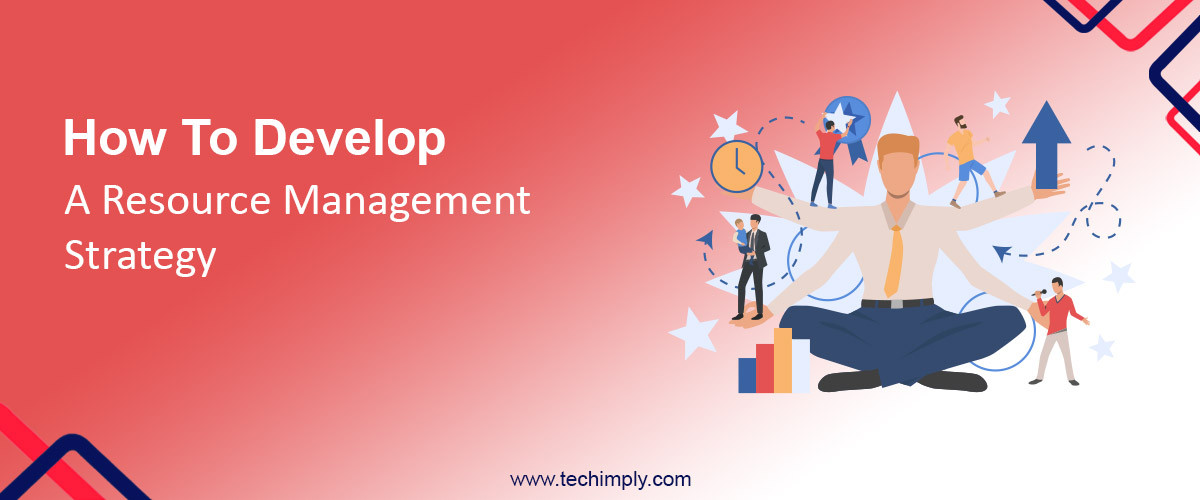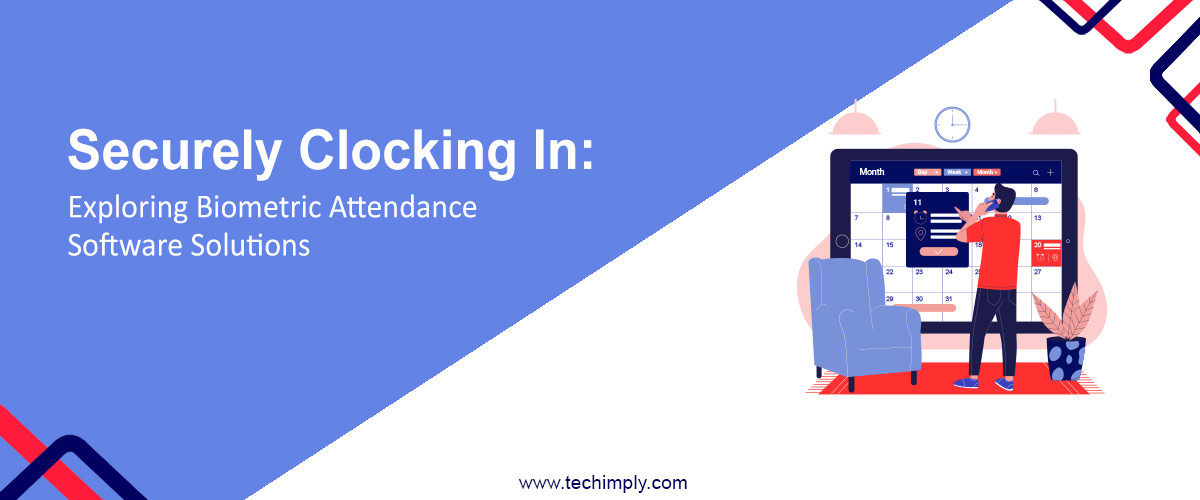In an increasingly complex and competitive business environment, resource management becomes an indispensable tool for the success of any organization. Businesses need a solid and flexible resource management strategy to ensure that resources, ranging from finances, personnel, and even time, are utilized effectively. This article will provide practical instructions to aid you in constructing such a strategy. Keep reading to learn more.
Understanding Resource Management
Resource management involves efficiently and effectively deploying an organization's resources when and where needed. These resources can involve financial, human, natural, and technological These resources are often limited and should be utilized optimally to attain the desired organizational objectives. This undertaking often closely correlates with resource planning, allocation, scheduling, and management.
Moreover, it's essential to note that a sound resource management mechanism does not only involve physical resources. Intangible resources such as competencies, skills, and knowledge are crucial assets that enhance the capability of an organization to convert its production inputs into its final products or services. A comprehensive understanding of resource management will facilitate the creation of a strategic game plan aligned with the company's goals and objectives.
The importance of a good resource management strategy is undeniable. Not only does it address project needs, but it also contributes to achieving higher productivity, minimizing costs, and optimizing the use of resources. Companies that fail to implement effective resource management strategies often face overworked employees, unclear project timelines, increased operational costs, and decreased productivity.
Identifying and Cataloging Resources
Comprehensively cataloging your resources is a preliminary procedure that helps you pinpoint the assets and how they can be leveraged toward achieving your objectives. This might seem straightforward, but it requires a conscientious approach to ensure that no component, however insignificant it might seem, is overlooked.
The process may involve highlighting all resources contributing to the business's running, including personnel, software, hardware, and financial assets. Keep in mind that this process isn't just about taking inventory. It's about understanding how each resource contributes to your overall organizational objectives.
Once all resources are identified, a catalog can be created listing each one, their use, and their importance to the organization. This resource database becomes the backbone of your resource management strategy, as it gives you a comprehensive view of what is available.
Resource Allocation and Prioritization
Taking a picture of your assets is half the mission. The other half is determining how to allocate these resources most effectively. Resource allocation strategies will vary from organization to organization, as factors such as business size, industry, and culture will play a role in decision-making. Prioritization plays a crucial role in resource allocation, prioritizing projects that align with strategic goals or offer the most significant returns. It's a delicate balancing act, as misallocation can lead to resource waste and hinder attaining organizational objectives.
Monitoring, Evaluation, and Adjusting Your Strategy
A resource management strategy is not meant to be a rigid, one-time plan. It should be flexible and continuously adapt to changes in the business environment. After allocating resources, it's crucial that the management team closely monitor the strategy's effectiveness.
Constant evaluation of your strategy allows you to spot inefficiencies early and make necessary adjustments. Remember that changes within the organization or the business environment can necessitate a shift in resource allocation. For instance, a sudden influx of capital might mean that more resources can be dedicated to expansion projects, while a loss of a significant client could necessitate a tightening of resources.
If executed well, these steps can increase efficiency, maximize productivity, and improve overall organizational success.
Assess Current Resources
Before you can efficiently manipulate your assets, you need to know what you have. Conduct a complete assessment of your contemporary sources, consisting of the following:
-
Human Resources: Evaluate your team of workers's talents, revel in, and capability. Identify any gaps in talents or staffing degrees.
-
Financial Resources: Analyze your financial statements, cash flow, and budget. Determine your available capital and capacity sources of funding.
-
Technological Resources: Review your era's infrastructure, software, and hardware. Assess their capability and relevance to your operations.
-
Physical Assets: Examine your physical property, which includes the system, real estate, and facilities. Ensure they're in excellent circumstances and meet your operational wishes.
-
Information and Data: Evaluate the quality and accessibility of your statistics. Information is a valuable resource in the digital age.
Prioritize Resources
Once you have a clear knowledge of your resources, prioritize them primarily based on your targets and dreams. Consider the Pareto Principle, additionally known as the eighty/20 rule, which shows that 80% of your outcomes come from 20% of your efforts. Identify the sources and activities that have the maximum sizeable impact on your corporation's success.
Identify Resource Gaps
After prioritizing assets, identify gaps among your present-day and required sources to achieve your desires. These gaps may be in terms of the workforce, era, economic capital, or different assets. Recognizing those gaps is critical for resource allocation decisions.
Resource Allocation
Resource allocation entails distributing your assets in a way that aligns with your prioritized dreams and bridges useful resource gaps. Some key considerations in aid allocation encompass:
-
Budgeting: Allocate monetary resources to specific departments and projects. Ensure that budgets are sensible and align with your strategic desires.
-
Workforce Planning: Assign personnel to particular tasks or duties based on their talents and the task's requirements. Consider hiring or education to fill skill gaps.
-
Technology Investment: Invest in new technology or upgrade existing ones to aid your strategic goals. Ensure that your IT infrastructure is aligned with your long-term plans.
-
Facility and Equipment Investment: Allocate assets for maintaining, upgrading, or increasing bodily property to assist your operations effectively.
Monitor and Adjust
Resource management is an ongoing system. Regularly screen the allocation and usage of resources. Key steps in this segment consist of:
-
Performance Metrics: Develop key overall performance indicators (KPIs) to tune the effectiveness of useful resource allocation. Measure and examine the effects in opposition to your targets.
-
Feedback Loop: Encourage feedback from groups and departments involved in aid utilization. They can offer valuable insights for development.
-
Adaptability: Be prepared to alter your aid allocation approach as instances change. Adapt to marketplace fluctuations, technological improvements, and shifts in your agency's priorities.
Technology and Tools for Resource Management
To efficiently manipulate sources, remember to make use of specialized generation and gear:
-
( Enterprise Resource Planning ) ERP Software: ERPs combine diverse components of useful resource control, such as financials, HR, and supply chain, into a unified gadget. They can offer real-time insights into useful resource allocation and usage.
-
Project Management Software: Tools like Trello, Asana, or Microsoft Project can help manipulate mission assets, timelines, and project assignments.
-
Resource Management Software: Dedicated, useful resource control equipment, which includes Resource Guru and Smartsheet, offers precise aid allocation and scheduling functions.
-
Data Analytics and Business Intelligence Tools: Use tools like Tableau, Power BI, or Google Data Studio to analyze resource utilization and overall performance metrics.
Conclusion
Developing a useful resource management approach is a complicated but important step for any corporation aiming to succeed in an aggressive environment. By defining clear targets, assessing cutting-edge assets, prioritizing, and correctly allocating resources, a business enterprise can make the most of its available property. Regular monitoring, adaptability, and a focus on sustainability and social responsibility will similarly enhance the effectiveness of your strategy. Resource control is an ongoing method, and continuous improvement is prime to long-term success.






